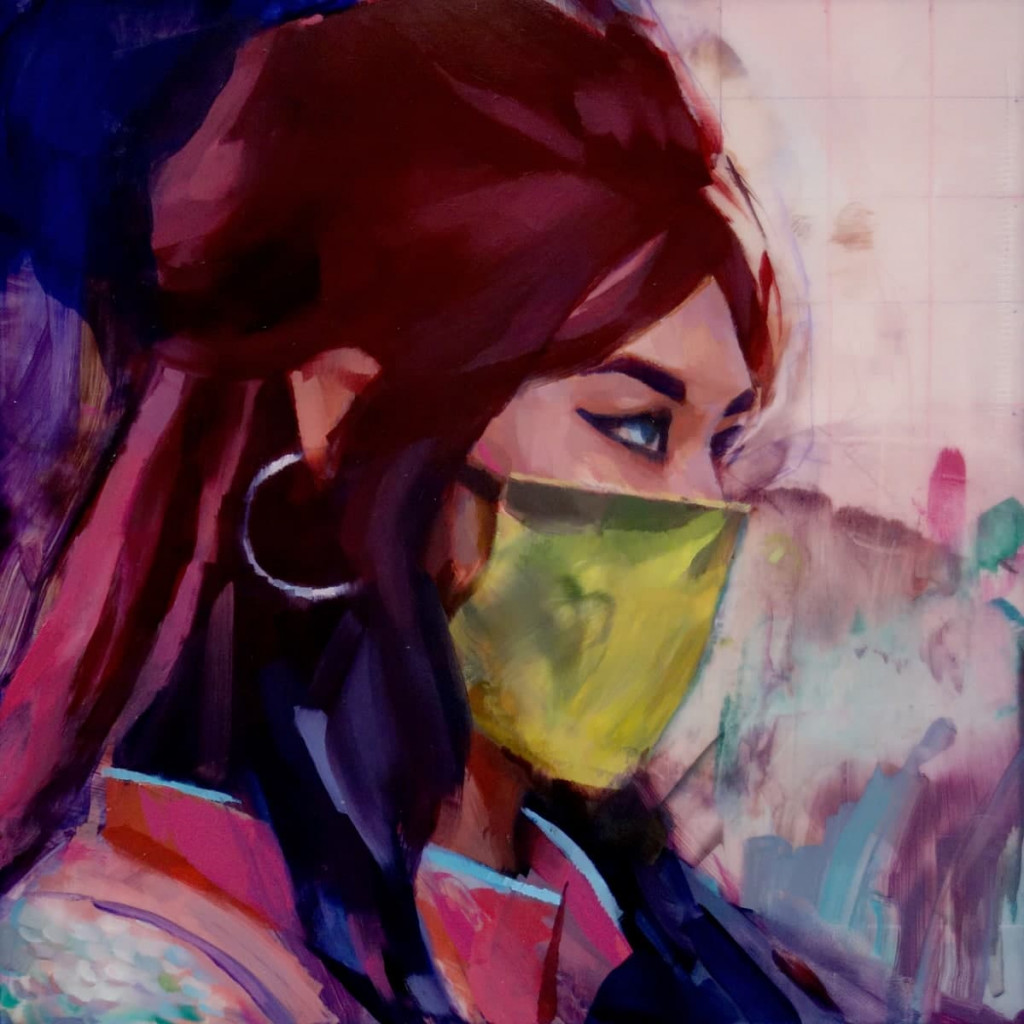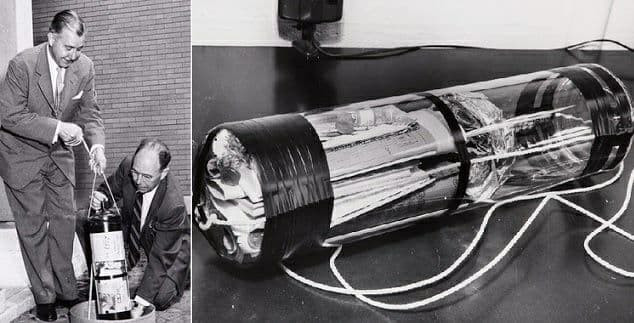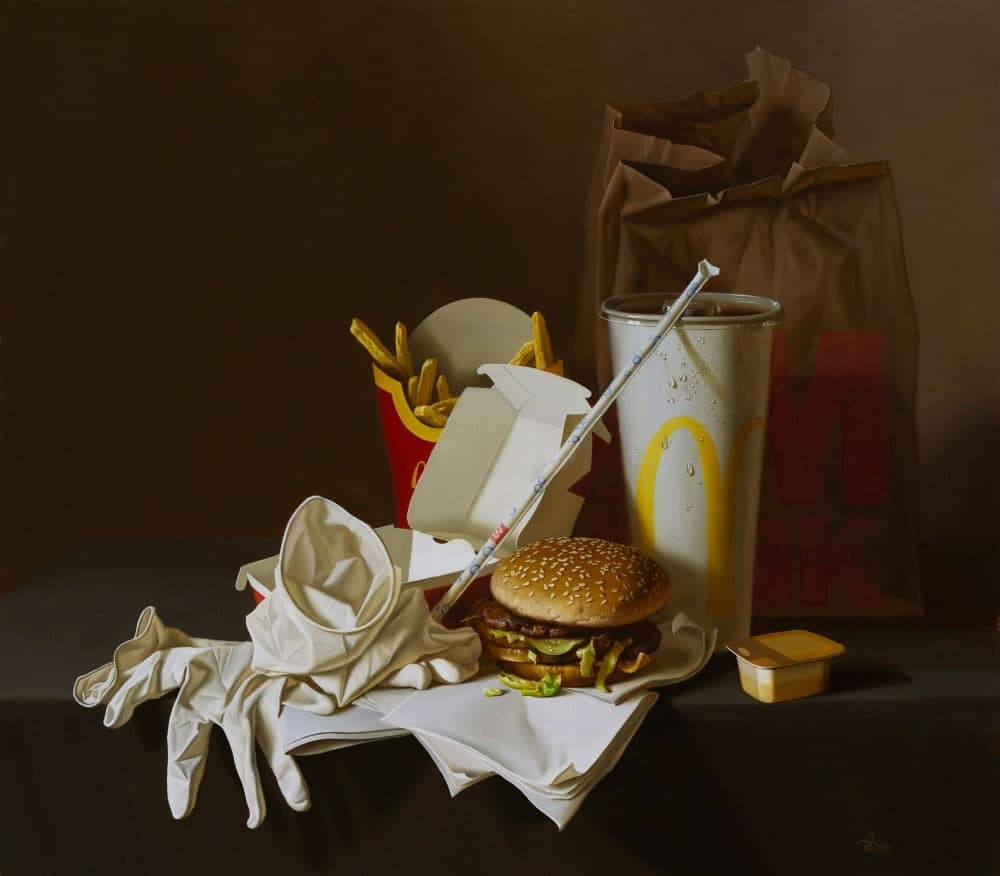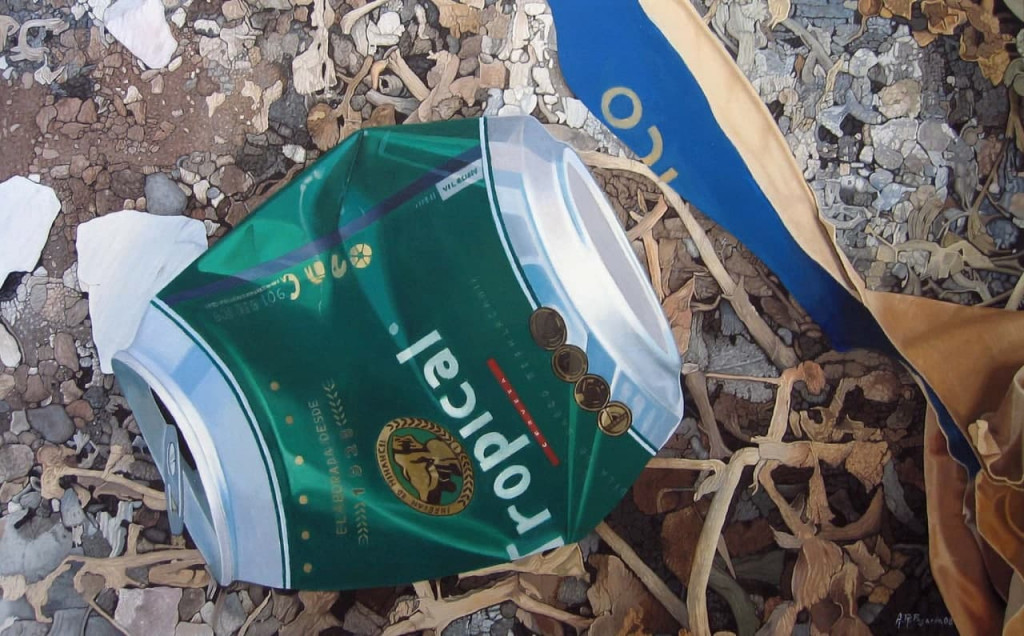
In September 23, 1939, during the World's Fair, one of the most famous "time capsules" in history was laid in New York. A collection of objects reflecting that era in the opinion of contemporaries was put into a two-meter glass vessel: books, a documentary film, an encyclopedia on microfilms, samples of the latest materials, a woman's hat, a smoking pipe and three dozen other things of everyday use. The capsule was bequeathed to be opened in 6939.

The first "time capsules" were laid in ancient Sumer and contained messages to future rulers. The term itself came into use in the 1930s, at the same time the standard content of the capsule was formed - letters to future generations and objects that characterize the time when the capsule was laid.
The online gallery of contemporary art ArtHall has collected its own "time capsule" from those works of our artists, which especially clearly reflect the modern era. The modern still life, as it is, will be preserved in the painting by Viktor Ponomarenko "Combo". Soft light, a play of light and shadow, in which, it would seem, richly decorated dishes should shine with might and main. But instead - just fast food in cardboard and plastic.

Another still life, by Peter Kozlov, reveals the entire 2020 at a glance at three lonely objects - a glass, a piece of bread and a disposable medical mask, which merge into one word: "Death".

Photorealistic painting by Alejandro Farhado "Tropical" - one shot from a random morning of each of us. A shot that flashed before our eyes more than once and was immediately forgotten, hundreds of times, until it was printed on canvas and stood right in front of our eyes.

New time - new faces and their hidden features, as in the paintings of Mike Ryzhek. In his work "BlackPink" everything seems natural and familiar to us. Even the fact that the mask, hiding everything except the eyes, has become a familiar part not only of our face, but of the paintings of contemporary artists.

